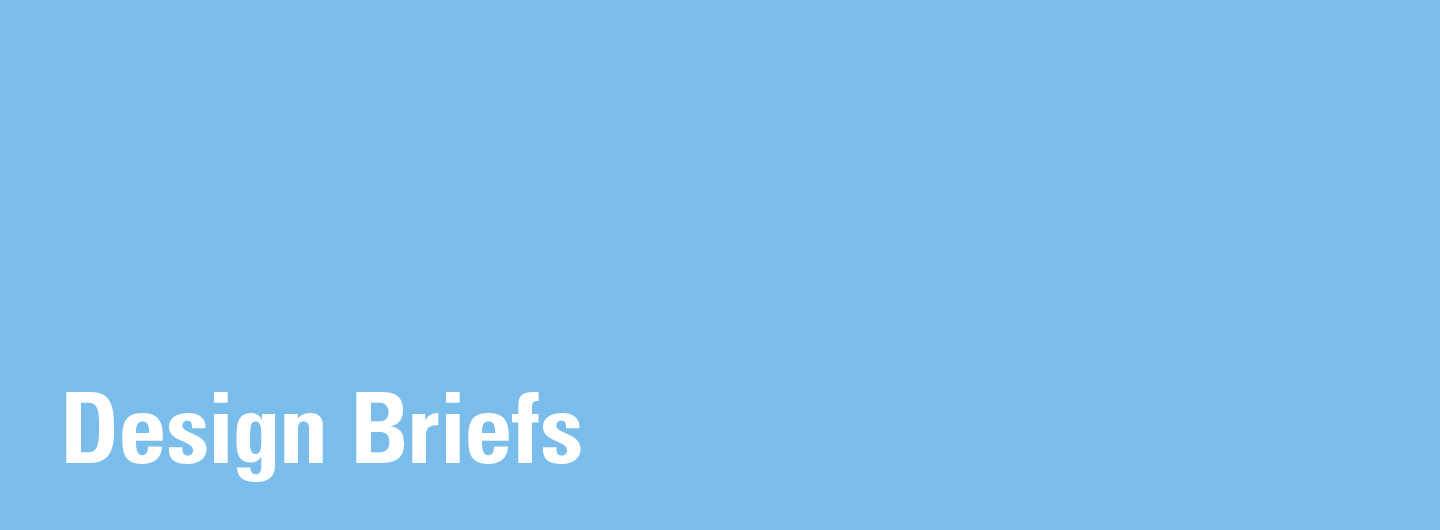
Design Briefs
Have a news item you’d like to share? Have you read a good book or blog lately? Would you like to see your work featured in Designer? How about an office or department profile? Your contributions and feedback are welcome. Let us know what you think. designer@ucda.com
Woodcut Vibes by Roman Klonek
Roman Klonek has a spot for old-fashioned cartoons and modern block printing styles. In the 1990s he studied Graphic Arts in Dusseldorf and discovered a passion for woodcut. Slanted Publishers’ latest book gives a detailed insight into this Dusseldorf-based artist’s working process and the background of his woodcut prints.
The woodcut technique is particularly interesting, as it is primarily known as a ‘very old’ medium and therefore often creates a surprise effect, especially with contemporary motifs. Woodcut Vibes features a variety of whimsical characters, often half animal/half human in preferably curious surroundings and embarrassing situations.
Read more about the artist and see additional images of his work: https://klonek.de
Source: Dexigner
2026 Winter Olympic logo revealed
An angular line drawing of the number 26 has been revealed as the logo for the Milano Cortina Olympic and Paralympic Winter Games.
Named Futura, the emblem for the event, which will be hosted in the Italian city of Milan and the Cortina d'Ampezzo ski resort in 2026, was designed by branding agency Landor Associates.
It has an angular design and is characterized by a continuous line that crosses over itself to form a two and a six.
The Olympics logo was chosen by a public vote for the first time in the history of the Olympics. Over 870,000 votes were cast from 169 countries, with 75 per cent of voters choosing the Futura emblem over an alternative also designed by Landor Associates.
For the Olympic Games emblem, the 26 was colored a stark silver to represent snow and harmony.
The Paralympic Games emblem uses the same design, however, echoes the green, red and blue used to identify the International Paralympics.
It also references the Aurora Borealis, a rare natural light phenomenon that is seen above the Dolomites mountain range, as it employs the same colorful hues and gradient effect.
“The vivid use of the colors of the Paralympic Agitos [symbol] make this an emblem that truly represents and is accessible to everyone across the Paralympic Movement,” President Andrew Parsons said.
“I also love the fact that this emblem reflects the natural wonder of Italy, which is important given the strong legacy of sustainability that is central to these Games.”
Source: dezeen.com
Student Poster Design Initiative
One of the many potential desired outcomes of design can be to motivate or inspire. Student designers have the power to encourage viewers to move forward in their lives—toward big dreams and lifelong goals or by simply enjoying the beauty that surrounds us.
This year, the Moving Forward student poster design contest helps promote positive thinking by enabling students to design an original poster for print or online use. We welcome entries as part of a class assignment or done independently by students outside of class.
Entries will be reviewed by a panel of design educators.
www.ucda.com/moving-forward-2021
Modern ergonomic desktop stand for when you have to work on your laptop
The Curve is an elegant, flowing aluminum stand that complements the design of your MacBook or laptop. With its improved ergonomic design to help relieve neck and shoulder strain; improved airflow that keeps the base exposed for optimal cooling, it is the ultimate partnership of style and functionality.
This four-minute word test can determine how creative you are, according to researchers
The short test, which is typically completed in less than four minutes, measures a component of creativity called divergent thinking, according to the researchers from McGill University, Harvard University, and the University of Melbourne, who note that “several theories posit that creative people are able to generate more divergent ideas.”
It involves thinking of unrelated ideas. People who are more creative tend to think of ideas with greater “distances” between them.
They recommend that you take the test before you learn more about it.
You can take the test (and then learn more) at: www.datcreativity.com